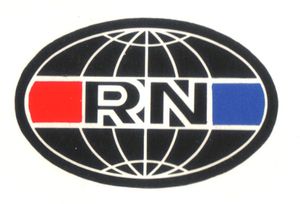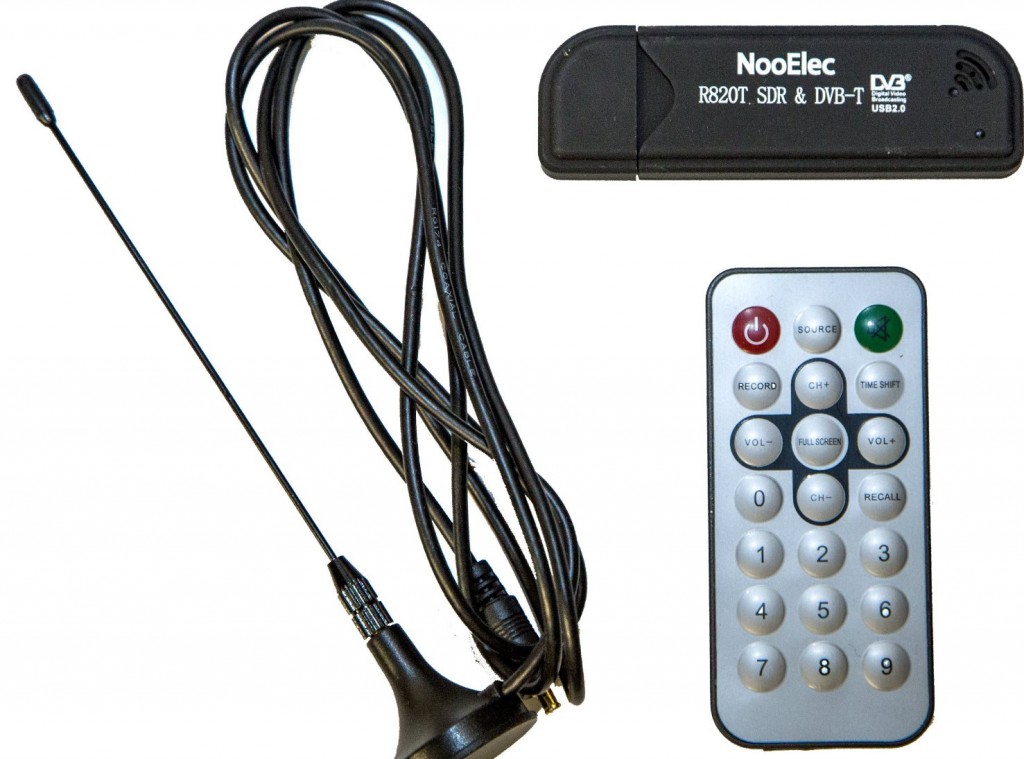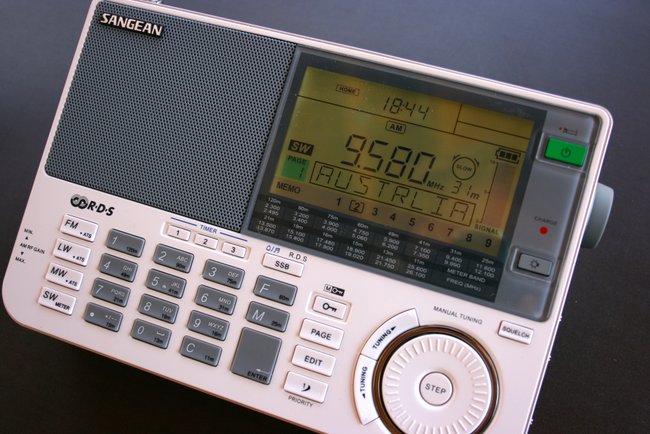 PCJ International has sent a press release regarding a series of interval signal ring tones they are selling on their web site.
PCJ International has sent a press release regarding a series of interval signal ring tones they are selling on their web site.
PCJ states:
Package one includes 35 interval signals from the past and present. In a few months the second package will be released.
The price is $1.99 US.
Package one includes:
- BBC World Service 1
- BBC World Service 2
- Deutsche Welle
- Radio Afghanistan (70s)
- Radio Algeria
- Radio Andora
- Radio Anguilla
- Radio Argentina
- Radio Australia (News jingle)
- Radio Austria
- Radio Belgrade
- Radio Berlin International
- Radio Botswana
- Radio Busapest
- Radio Ceylon
- Radio Denmark
- Radio Free Europe (50s)
- Radio Kiev
- Radio Netherlands
- Radio Norway
- Radio RSA External Service
- Radio South Africa
- Radio Singapore
- Radio Sweden (Vintage)
- Radio Tallinn
- Radio Tirana
- RAI International
- Spanish Foreign Radio (Vintage)
- Swiss Merry Go Round (Theme)
- Swiss Radio International
- Vatican Radio
- Voice of America (60s)
- Voice of America (70s)
- YLE Radio Finland
- PCJ Radio International
More information can be found at: www.pcjmedia.com/pcjshop






